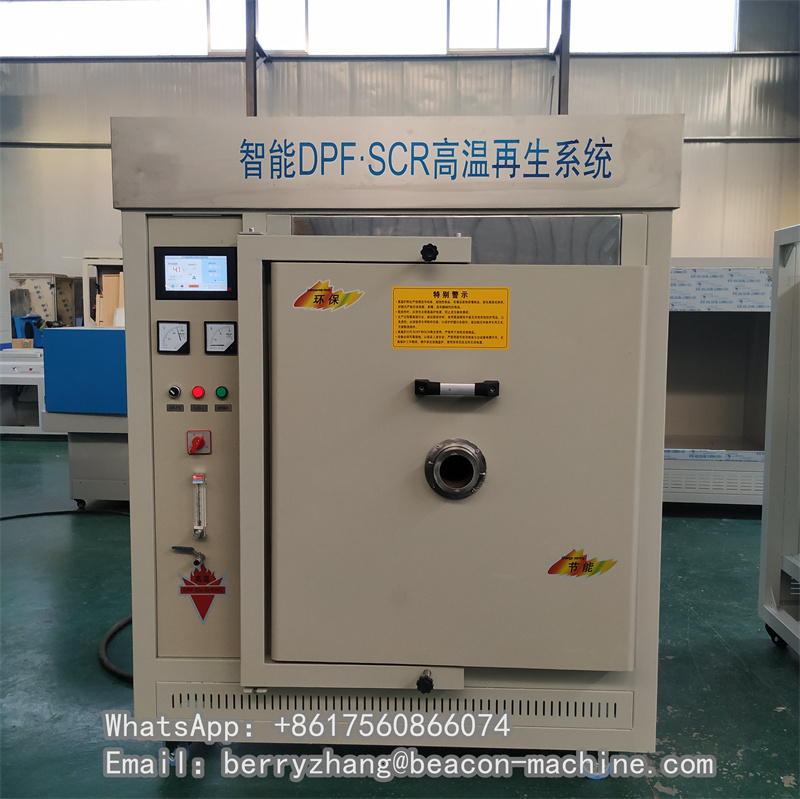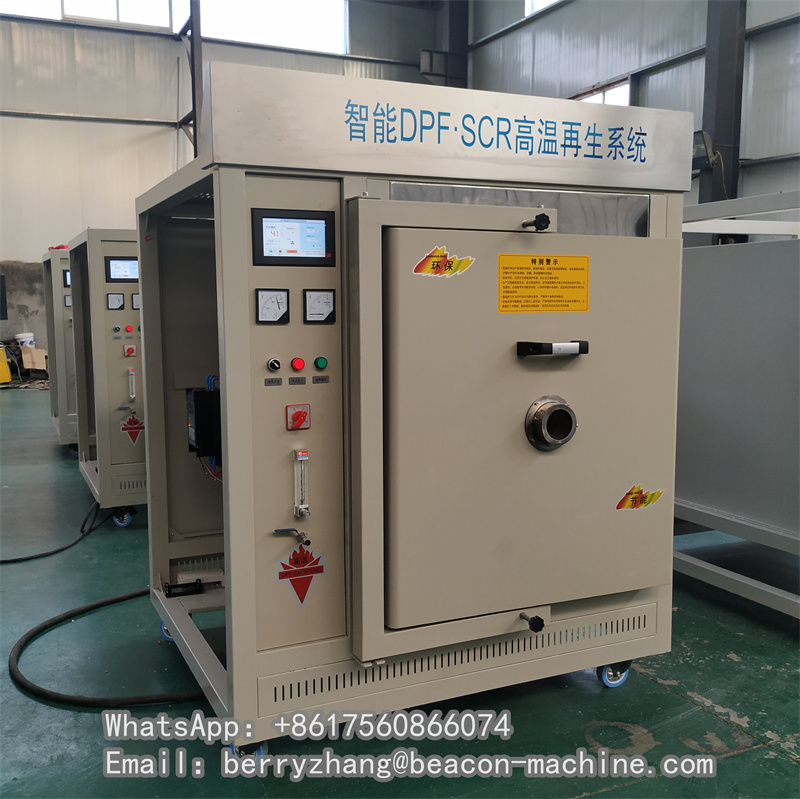Beacon Machine Manufacturing Co.,ltd
Beacon DPF-RGA Cleaning System Diesel Particulate Filter Cleaning Equipment Dpf Cleaner Machine
The full English name of DPF is "Diesel Particulate Filter", which literally translates to"diesel particulate filter", also called diesel particulate capture regenerator.
Introduction
Beacon DPF-RGA Cleaning System Diesel Particulate Filter Cleaning Equipment Dpf Cleaner Machine
The full English name of DPF is "Diesel Particulate Filter", which literally translates to "diesel particulate filter", also called diesel particulate capture regenerator. It is a device that can reduce the emission of particulate matter (PM) in the exhaust. During the working process of the trap, particles will accumulate in the filter. When it reaches a certain value, it will cause the engine's power and economic performance to decline. The deposited particles must be removed in time to ensure that the DPF continues to work normally. It is the so-called DPF regeneration. DPF is also called wall-flow particle trap. Its core function is that after engine exhaust passes through DPF, gaseous pollutants can flow out through the pore wall, and particles are trapped inside the DPF by the pore wall. Then, under certain conditions, the carbon (C) particles are converted into gaseous substances and discharged. The core of the diesel engine exhaust carbon particles (soot) collected in the DPF is solid carbon (C), and the outside contains polymers produced by incomplete engine combustion. In layman's terms, its role is to collect the carbon particles in the exhaust first, and then concentrate them to a certain extent, to convert exhaust pollutants into non-polluting gases.
The realization of DPF's function in the whole vehicle mainly has two parts, namely the capture of carbon particles and the reaction treatment of carbon particles. DPF generally adopts a wall-flow filter, which relies on alternately blocking the inlet and outlet of the carrier holes and forcing the airflow through the porous wall to achieve particle capture. The front-stage DOC catalyst oxidizes the NO produced by the combustion in the diesel engine cylinder to produce NO2. After entering the DPF, the NO2 molecular bond can be broken at a relatively low temperature (about 250°C), and the generated oxygen will combust with the captured C particles to form CO2. Most ordinary driving conditions of diesel engine can meet the regeneration temperature (250℃~500℃) in DPF, so PM can be effectively removed. In the particle trap, electric heating is used to generate high temperature, and the trapped particles are burned into CO2 and discharged.
parameter
size: 1.45*1.45*1.85m
weight: 500kg
*Test data from Beacon laboratory
product video
Related products














